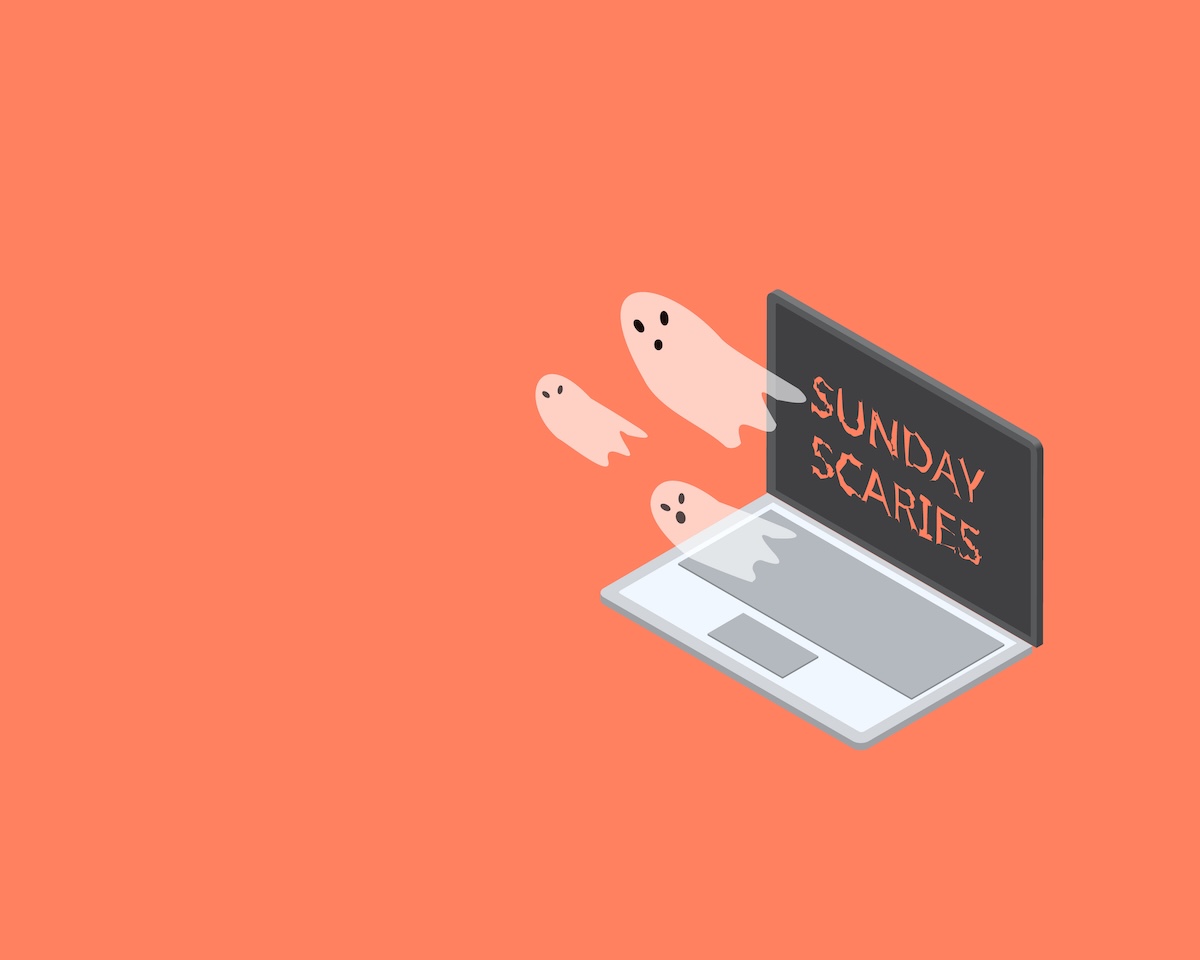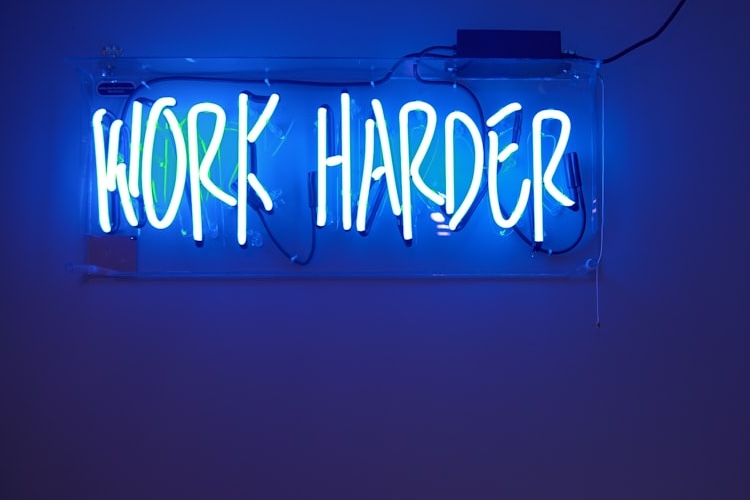I see it every day in my coaching practice—some leaders are told by their teams that they are reactive, cranky, hair-triggered, easily upset, and so on. Others get the opposite feedback. They are viewed as calm, patient, difficult to upset, and supportive, even when people make mistakes. Those who stay calm under pressure often move up in their organizations. Just as often, those who cannot control their reactivity don’t move up. Strategies and skills for staying regulated under stress are essential to leadership success and represent the defining difference between those who scale up and those who don’t.
Why are some leaders able to stay calm under stress while others struggle to avoid their emotional tripwires? Stress-induced behavior is well-understood at a logical level. Under stress, our primitive brain kicks in by default to protect us from external threats; however, this “protection” process does not entail careful thinking about the situation. Once the primitive brain is engaged, our options are limited. We either defend our territory (fight) or shut down and avoid the situation (flight). In fact, during these high stress periods when our self-preservation instinct takes over, logical thinking shuts down and our effective IQ plummets. Logic deserts us because the logical brain is simply not engaged. When threatened, our brain locks out critical thinking to avoid wasting time by overanalyzing a situation in which we must act quickly to save ourselves. We may normally have a high operational IQ, but the part of our brain with that high IQ takes a break during “primitive time.” In coaching sessions, people often provide the same examples of this pattern. When in a stressful meeting, they feel under attack and snap back at their “attackers.” When criticized by others, they retaliate instead of listening and trying to understand. When under pressure to solve a problem, they fail to come up with a creative plan or, maybe, any plan at all.
The effects of this reactivity on people around us can be damaging. It takes only a few seconds of defensiveness, sarcasm, or aggression to make people think that they have seen a leader’s “true self” and cause them to worry that they might set off this reaction again. Also, team members who are attacked may retaliate with the same knee-jerk reaction, leading to escalation that leaves everyone feeling embarrassed afterward. If this kind of thing keeps happening, people may avoid raising bad news, hesitate to suggest different ways of doing things, or stay quiet during “open/honest” discussions. When leaders are triggered often, people around them learn to avoid hitting their trigger, but this adaptation is to the detriment of honesty, openness, and quick and effective responses to threatening situations that may arise in the future.
I find that leaders who can scale up are those who have learned about their own biology and reactivity — ways to sense the beginning stages of stress and what it feels like to lose control. They have also learned to pre-empt these patterns using emotional regulation skills and tools. In effect, they have learned to avoid falling prey to their own primitive biology, which operates more or less automatically unless we learn to overcome it.
The skills necessary for regulation under stress are straightforward but require practice to make them work under battle conditions. Regulation techniques can be sorted into three types including: bottom-up (using the body), top down (using the mind), and relational (connecting with others). Everyone has their own preferred techniques, so I usually provide a starter set with as many options as possible and ask leaders to identify and practice what works for them. In coaching, we start by looking at the upcoming calendar and identifying likely high-stress zones and discussing ways of getting ready for them through advance regulation (minutes or hours before the meeting) or during the situation (as the stress unfolds). Both proactive and reactive approaches are usually necessary to address a true high-stress situation.
In one case, a sales executive, Ron, identified his Monday morning account review with the Executive Committee as his most stressful event of the week. He indicated that he started to feel the stress on Saturday and that it intensified through Sunday leaving him worn out by the time the meeting came around Monday. In coaching, we worked together to develop a regulation strategy that included the following:
He developed an advance regulation method for the weekend that included three key activities: (1) he visualized his presentation of the most difficult accounts while managing breathing and relaxing his back/shoulder muscles (bottom-up), (2) he conducted a phone call with a colleague (relational) to dry run his approach and build confidence, and (3) he relaxed with his family (relational) rather than staying isolated in his study obsessing about what could go wrong. In addition, he built in an important call first thing Monday morning to deal with one person who was his major critic in the meeting. He let his critic know that he valued his opinion so much that he wanted to spend 15 minutes with him personally before the meeting to get his input (relational). This call helped alert him to points of tension beforehand rather than getting hijacked by them in the meeting and also allowed him to explain to his critic how he was handling things. By doing this, he neutralized some of the criticism he was likely to receive in the meeting before it began.
Ron also developed some regulation strategies for use a few minutes before and during the meeting. Immediately before the meeting, he spent time looking at some relaxing photos from the weekend (bottom-up), reminding himself that he works for his family and for their future and needs to be his best for them (top down). During the session, when he began his segment, he smiled and checked in with people around the table to get conversation going and create more of an interactive situation instead of launching into formal presentation mode (relational). He also worked on shifting his thinking about the meeting, framing it as an opportunity to showcase his best thinking rather than a situation in which he needs to protect himself (top down).
In time, Ron was able to manage his emotions in the Monday morning review and do his best thinking while under pressure. This strategy helped him to change this meeting from a threat to an opportunity. Ultimately, he was able to showcase his skills and experience in the best way and scale up for his next promotion. One comment in his promotion file says it all:
“Ron is able to keep everyone calm and focused on solving the problem versus protecting themselves and their territory. He raises the IQ in the room.”








